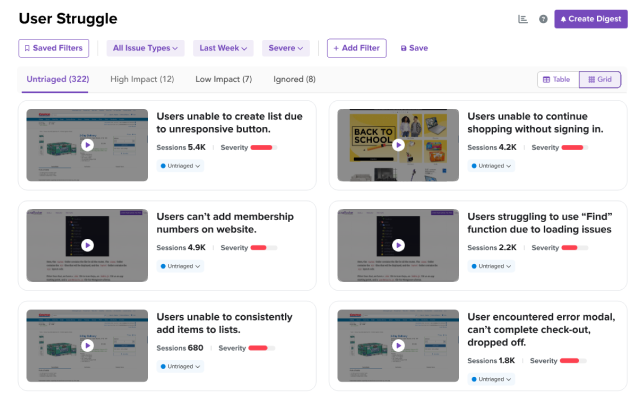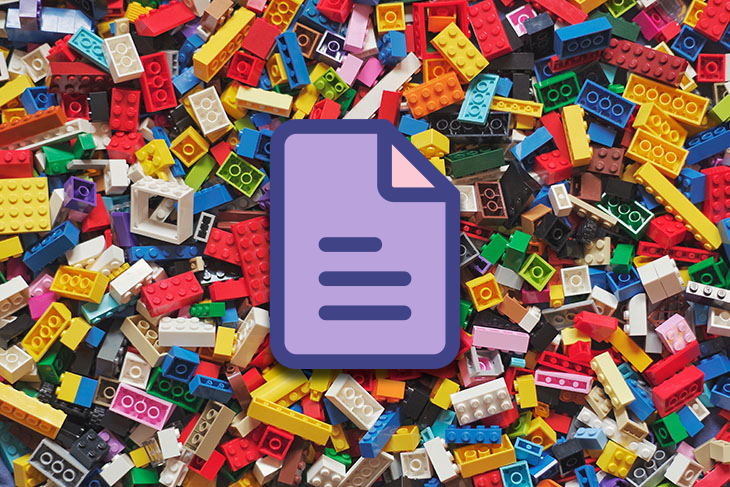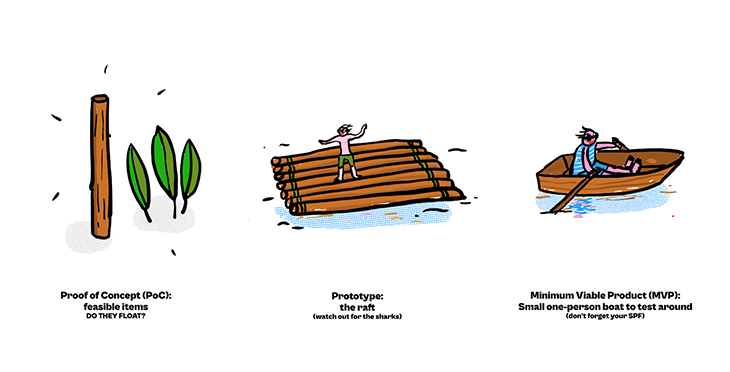

Corina Stirbu Corina is a Marketing Strategist and Fractional CMO based in Cluj Napoca, Transylvania. She helps tech companies, SaaS products, and startups grow to the next level through product marketing and data-driven tactics. With more than 10 years of experience as a marketer, she helps tech businesses identify new distribution channels and strategic approaches.
Table of contents
LogRocket’s Galileo AI watches every session, surfacing impactful user struggle and key behavior patterns.
Building a product is never easy — there are so many ways to do it that it may become overwhelming even to start outlining your idea. Should you start with a prototype, MVP, or a minimum lovable product? The answer is always in your goals, resources, and stage of maturity, of course.

This article aims to guide you through the challenges of developing a product, and decluttering the path to a proof of concept (PoC) while considering limited resources, conflicting priorities, unclear goals, and unanticipated issues.
A PoC is literally the evidence that your idea is feasible and is based on an experiment or pilot to demonstrate that your idea works — it can be a report document or a literal piece of software. No matter if it’s a design or business proposal, a new stack for an existing product, a feature, or an innovative wearable to be built, the PoC can even be the smallest increment you can think of.
A PoC is meant for when you plan to build a solution and you are not sure of how feasible, expensive, or scalable it is. So, you just build a small component of it to help you understand what it takes to transform this idea into reality — before investing A LOT of money in the real solution.
The PoC is a small part of your project that exists just to see if it works. Once you learn the conditions under which your idea can be implemented, the best next thing to do is to create a prototype.
A prototype is the first design of your actual product. It can be static, like a wireframe, to outline the layout of your entire product and all the flows. Or it can be dynamic, where you design every screen and add some clickable components.
The prototype will help you experience the solution so you can better see how it looks and feels from a visual and/or functional perspective.
The minimum viable product (MVP) is the first version of your product. It’s developed so you can get a first reaction from your users before going big.
In summary, a PoC may help you identify the right technology, the prototype gives you the direction, and the MVP gives you the market reaction before developing a more advanced version.
Ok, explain like I’m five!
Say you want to build a boat for four people stranded on an island. The PoC could be checking what type of boat material will float best near your island (considering the saltiness, currents, and all), the prototype can be an actual raft, and the MVP can be a small, one-person boat for someone to test around:

The end product (the boat) will be a scaled version of the MVP — with some improvements from the person or people who tested the one-person boat, most likely.
Unsurprisingly, there are several reasons why creating a PoC is helpful.